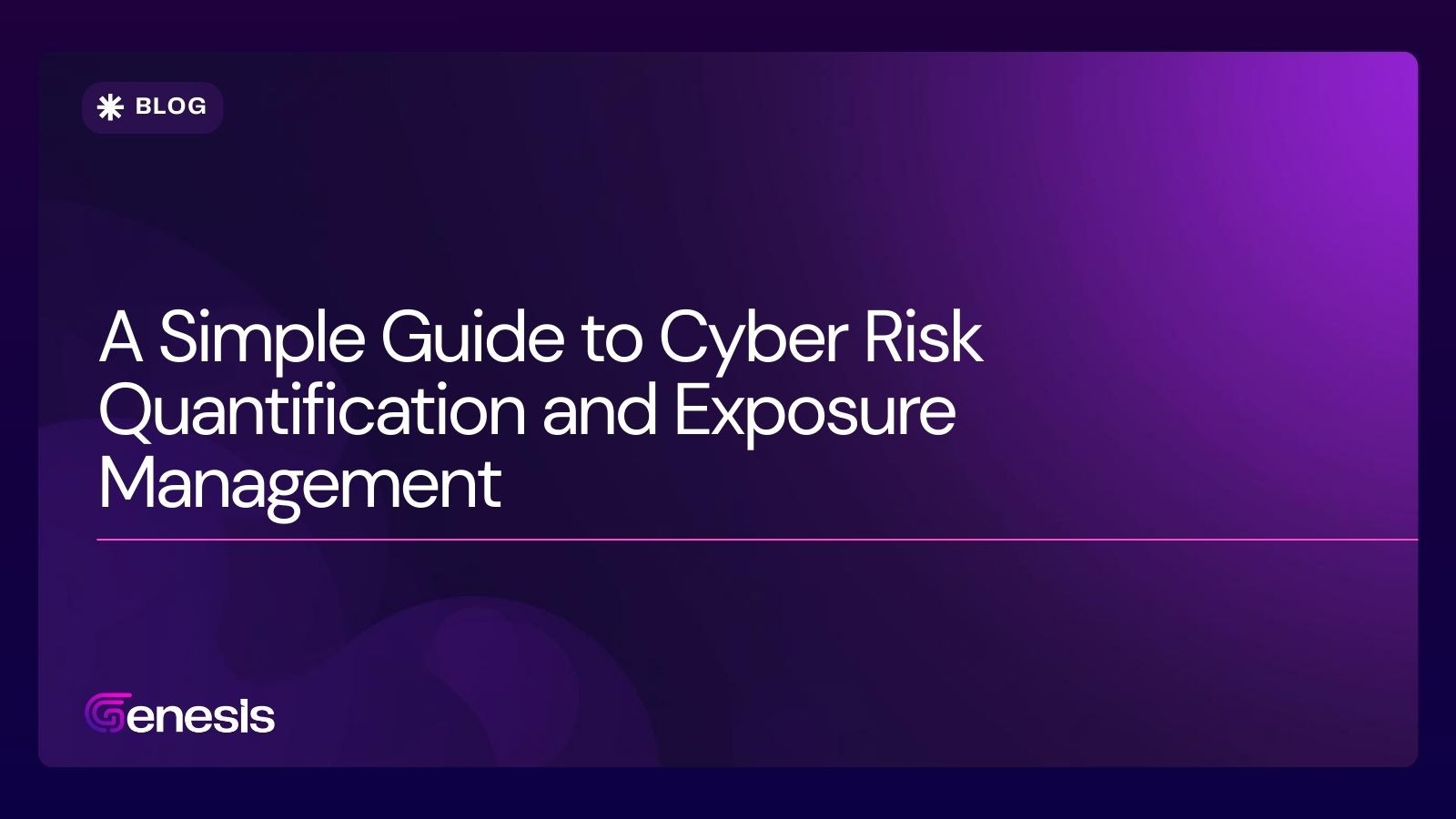Jun 5, 2022
Sohini Roy
The NIST Cybersecurity Framework provides a comprehensive set of guidelines to help organizations manage and mitigate cybersecurity risks. This framework was developed in response to growing data security concerns worldwide, particularly after an executive order from the President of the United States.
Types of Frameworks:
PCI-DSS: Protects debit, credit, and cash card transactions.
ISO 27001/27002: Provides best practices for information security management.
CIS Framework: Offers approaches to current cyberattacks.
NIST Framework: Improves organizations' critical infrastructure cybersecurity.
What is the NIST Framework?
The NIST framework provides voluntary guidance based on standards and best practices to help organizations manage and reduce cybersecurity risks. It enhances communication among internal and external stakeholders regarding cybersecurity and serves as a tool to mitigate risk.
The Need for This Framework:
Shift from compliance to action: Helps prioritize cybersecurity actions.
Measures progress: Provides a benchmark for assessing the organization's cybersecurity posture.
Flexible implementation: Can be applied in stages.
Built-in maturity model: Helps conduct gap analysis to communicate cybersecurity needs.
About Genesis:
Genesis combines attack surface management and third-party risk management into a single platform. The tool helps businesses monitor their cybersecurity posture, reduce attack surfaces, and identify potential organizational and vendor threats. It generates a risk score that enables businesses to anticipate and prevent potential breaches.







